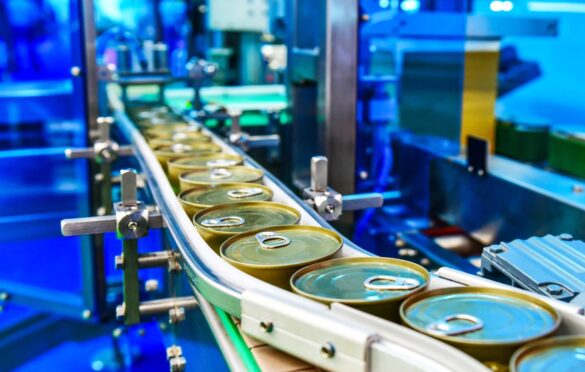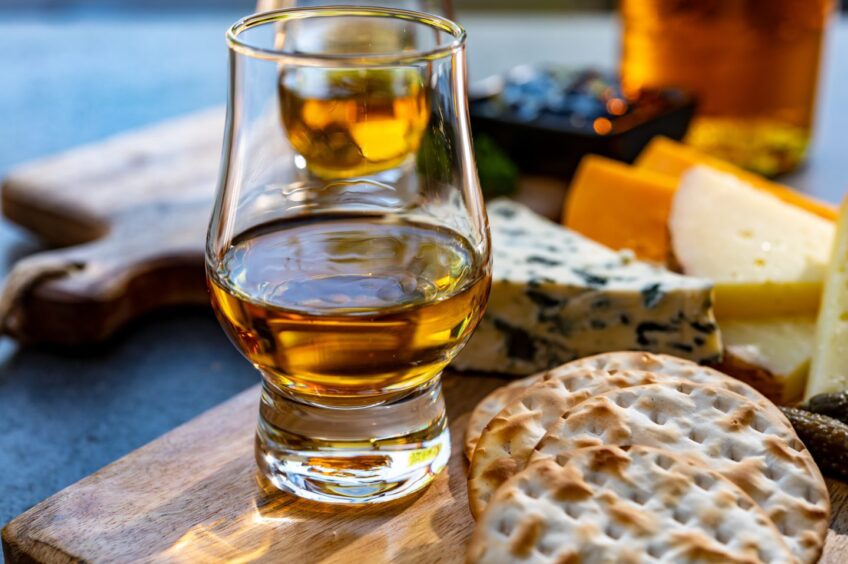Adam Hardie is a partner and head of food and drink at Johnston Carmichael. Here he discusses the problems facing the industry and where the solutions may lie.
-
Some Press and Journal online content is funded by outside parties. The revenue from this helps to sustain our independent news gathering. You will always know if you are reading paid-for material as it will be clearly labelled as “Partnership” on the site and on social media channels.
This can take two different forms.
“Presented by”
This means the content has been paid for and produced by the named advertiser.
“In partnership with”
This means the content has been paid for and approved by the named advertiser but written and edited by our own commercial content team.
Scotland is renowned globally for its natural larder, but it’s been another challenging year for the food and drink industry with rising raw ingredient prices, soaring energy costs and pay increases reducing margins.
According to our most recent annual food and drink survey, cost base increases rose by 10-20% on average, but with some witnessing a hike of up to 30%. Through this calendar year these costs have continued to escalate.
Bakers have been especially hard hit following large increases in the price of butter and sugar. We have had several clients with raw ingredients cost increases of 40%.
Even the largest of businesses can’t absorb such an increase without some sort of intervention. The truth is that unless businesses take action to cut their overheads they will have to pass on the costs to consumers. At a time when the cost-of-living crisis is still having an impact on household spending, few want to take that risk.
Making production more efficient
One way forward is to invest in more efficient production. According to our research, almost two thirds (66%) of businesses invested in more automation last year, but this picture was reversed amongst smaller businesses, almost two thirds (60%) of whom had not spent anything on automation.
I understand why smaller operators are reluctant to invest. Spending tens or hundreds of thousands of pounds on new equipment is a big ask, but as technology becomes cheaper and more accessible, automation will play an increasingly important role in achieving more efficient and consistent operations.
Just recently, at a meeting of our Johnston Carmichael Food and Drink Club, we heard from Leap AI, an Aberdeen based intelligent robotics business focussed on the food sector. Leap AI pivoted from oil & gas into food & drink in 2020 during lockdown and is among a very small group of UK based robot manufacturers. Its proprietary PikPak system uses artificial intelligence to enhance the efficiency of food production, whilst ensuring goods are handled with the utmost of care.
Unusually, Leap acts as a one stop shop, building its own robots, writing their software, integrating them into customers’ systems and providing ongoing technical support. As well as making robotics more convenient, Leap’s approach also makes them more affordable.
Ben Stuart, co-founder and CEO of Leap AI, told the gathering: “Whilst robotics have been available in the sector for some time, the cost of the current integrator led approach has rendered these systems uneconomic for most of the market. Our vertically integrated approach allows us to offer a cost structure that delivers payback in 12-24 months for most producers, drive productivity increases of up to 30% and reduce the cost per item packed by up to 70%.”
Protecting food and drink’s vital role in Scotland’s economy
Scotland’s food and drink sector is the envy of the world. We have great products, including soft fruits, Scotch whisky, salmon, Scotch beef and shortbread, being produced by great businesses, many of which are household names.
It is also key to the Scottish economy, doubling exports over the last 10 years and becoming one of the country’s best performing sectors with a record export value of £8bn in 2022 and a net worth of £15bn.
As a country with a proud history of innovation, our food and drink businesses are in a strong position to lead from the front.
I hope our next food and drink survey, now available online on our website, finds the sector ready to be brave and bold; or at the very least, curious as to how automation can complement operations, by reducing costs, and tackling labour issues following Brexit and next year’s increase in the National Living Wage.
Yes, it will require investment, but tax reliefs including the revised capital allowances scheme, are available for qualifying expenditure. Businesses should speak to their advisers for details.
There is no better time to embrace the next generation of machinery than now.
About Johnston Carmichael
Johnston Carmichael is proud to be amongst the top accountancy and business advisory firms in the UK. With 930 sharp minds across Scotland, the North East of England and London, the business delivers specialist sector insight and expertise.
Together, its people create an enduring impact and have been committed to investing in the next generation of businesses and advisers for over 85 years. Committed to Corporate Social Responsibility, the firm is gold sponsor of the Kiltwalk and a member of the Mindful Business Charter. As a member of Moore Global, it is also connected to a community of more than 30,000 people in 110 countries worldwide.
Find out more about Johnston Carmichael.

